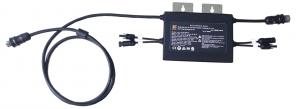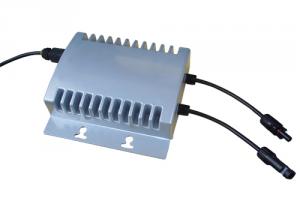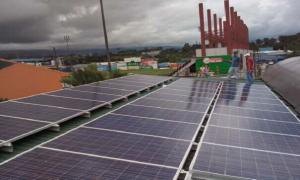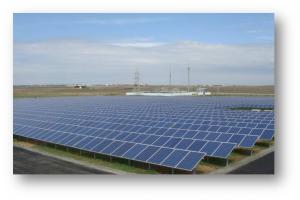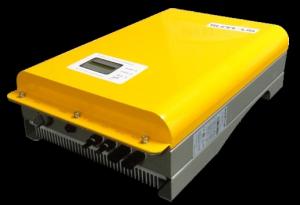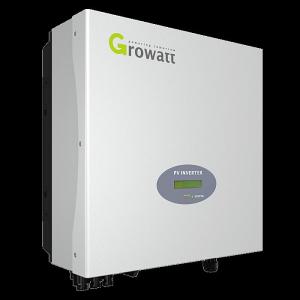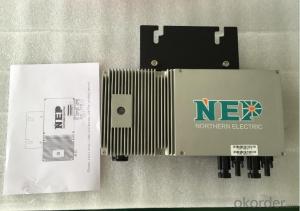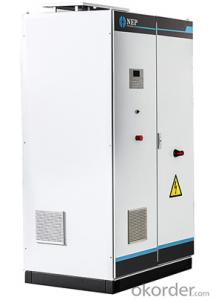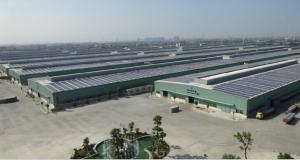Solar Grid Tie Micro Inverter
Solar Grid Tie Micro Inverter Related Searches
Solar Grid Tie Inverter Solar System Grid Tie Inverter Sun Grid Tie Inverter Grid Tie Inverter Solar Grid Tie Solar Inverter Solar Grid Tie Inverter Kit Solar Hybrid Grid Tie Inverter Hybrid Grid Tie Solar Inverter Solar Inverter Grid Tie Grid Tie Hybrid Solar Inverter Grid Tie Inverter Solar Kit Grid Tie Inverter Solar Panel Grid-Tie Solar Inverter Best Solar Grid Tie Inverter Best Grid Tie Solar Inverter 1kw Solar Grid Tie Inverter 10kw Solar Grid Tie Inverter Solar Grid Tied Inverter Solar Grid Tie Inverter Price Nep Solar Grid Tie Inverter Mpp Solar Grid Tie Inverter 1000w Solar Grid Tie Inverter 5kw Solar Grid Tie Inverter 3kw Solar Grid Tie Inverter Grid-Tied Solar Inverter Grid Tie Solar Inverter Price Grid Connected Solar Inverter Solar Grid Inverter Grid Tie Inverter Schematic Nep Solar Grid-Tie InverterSolar Grid Tie Micro Inverter Supplier & Manufacturer from China
Solar Grid Tie Micro Inverters are advanced devices that play a crucial role in converting the energy generated by solar panels into usable electricity for homes and businesses. These inverters are specifically designed to work in conjunction with photovoltaic solar panels, ensuring efficient energy conversion and seamless integration into the electrical grid. They are an essential component of modern solar energy systems, providing a reliable and cost-effective solution for harnessing the power of the sun.The application of Solar Grid Tie Micro Inverters spans across various usage scenarios, including residential rooftops, commercial buildings, and even large-scale solar farms. These inverters are particularly beneficial in situations where space is limited, as they can be directly attached to the solar panels, eliminating the need for bulky and complex wiring systems. Moreover, they offer enhanced safety features and improved energy yield, making them a popular choice among solar energy enthusiasts and professionals alike.
Okorder.com is a reputable wholesale supplier of Solar Grid Tie Micro Inverters, boasting a vast inventory of high-quality products from leading manufacturers. With a commitment to providing exceptional customer service and competitive pricing, Okorder.com has established itself as a go-to source for solar energy solutions. Their extensive range of Solar Grid Tie Micro Inverters caters to the diverse needs of customers, ensuring that they can find the perfect inverter to suit their specific requirements and budget.
Hot Products








